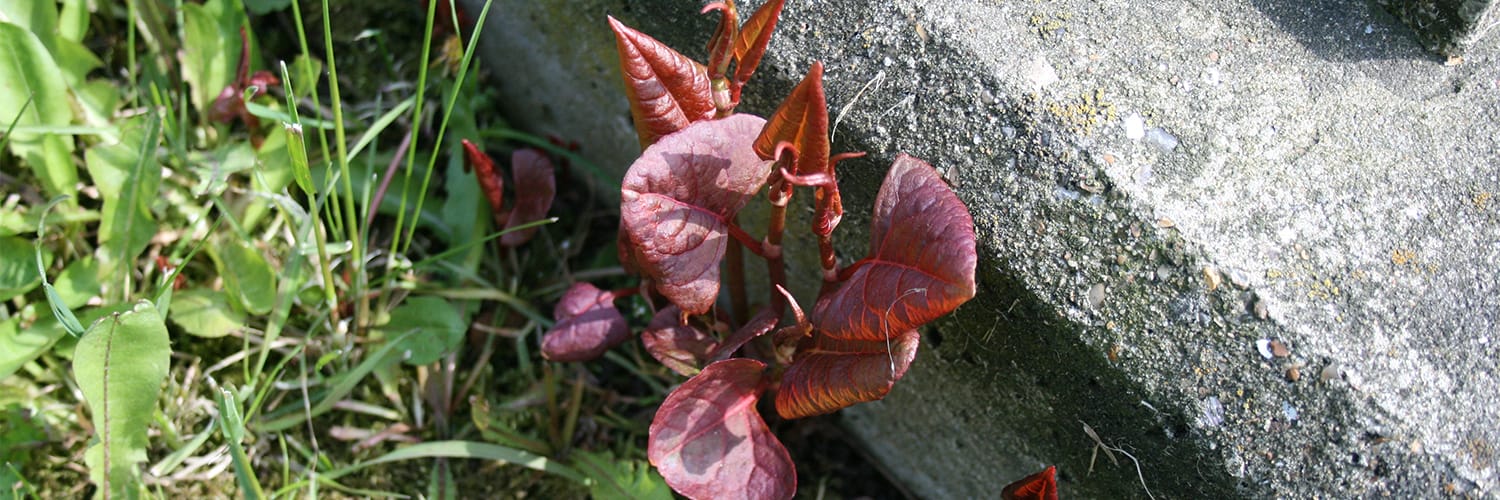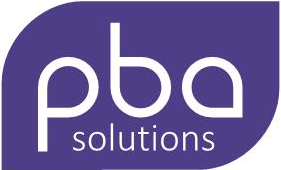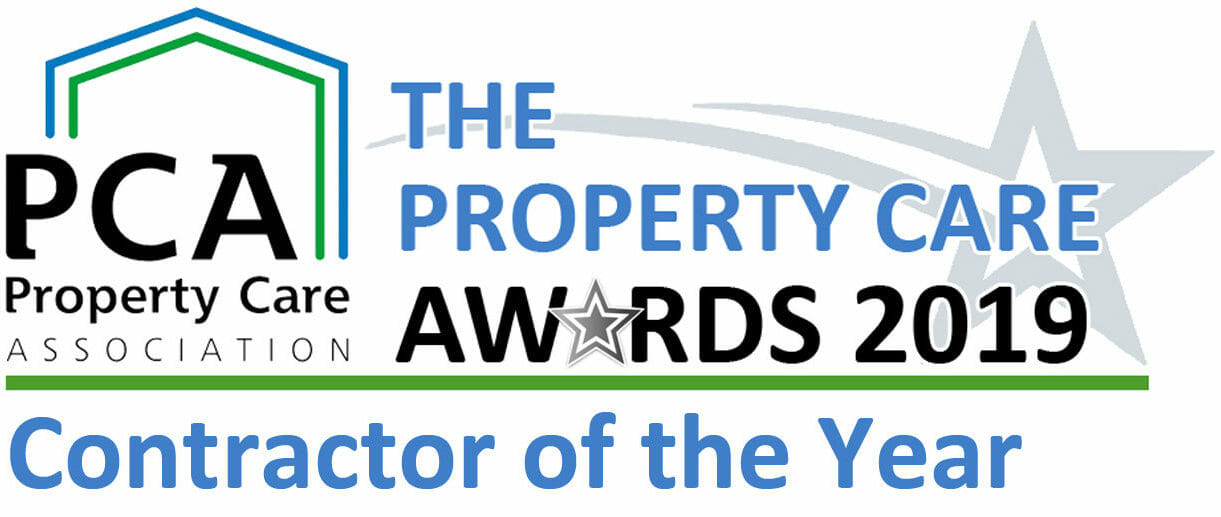Japanese knotweed early growth Control
So you’ve spotted a nasty weed which you think might be Japanese knotweed early growth? Our advice is to get a professional to verify your Japanese knotweed identification. At PBA we offer an ID my weed service where you can initially send in photos for identification and the best thing is, it’s free. The next step is to consider how to best control this nasty weed.
There are two key factors to find the best way to control Japanese knotweed, The first is to understand what methods can control Japanese knotweed. And the second is to work out what your own objectives are for Japanese knotweed control.

Methods for Controlling Japanese knotweed
Simply put the more you spend the quicker you can get rid of Japanese knotweed!
Japanese knotweed treatment (Chemical control) is the cheapest most cost-effective method of control but takes several years for it to work. Furthermore, it does not lead to complete eradication in the truest sense of the word since knotweed rhizome (roots) may still be present in the ground even after many years of treatment. Some of these roots may become dormant but are in fact still viable. Other rhizomes will simply decay after the chemical has killed them off.
This is why Japanese knotweed treatment must only be seen as a control measure. On the flip side, Japanese knotweed removal when completed correctly is immediate and will completely eradicate Japanese knotweed. In essence, the cost of Japanese knotweed removal is more expensive, but it is more effective than just a control measure.
The following chart highlights several different Japanese knotweed control options that sit between treatment and removal. All have their place and are worthy of consideration.
| Control Method | Cost | Benefits | Duration |
| Chemical Control (Knotweed treatment) | £ | Insitu, Low cost, quickly reduces capacity to spread | 3-7 years |
| Removal (excavation) to landfill | ££££ | True eradication, Work can commence immediately | immediate |
| Reduced dig and Root Barrier | ££ | Utilising CuTex Root barrier to block deep weak shoots while providing knotweed free zone landscaping and gardening | immediate |
| On site excavation, relocation and chemical control | ££ | Immediate, requires set aside land | immediate |
| On site Excavation and Cell burial | £££ | Immediate, does not tie up land | immediate |
Your objectives for managing Japanese knotweed
To determine the best method of Japanese knotweed control you need to work out why you need to control Japanese knotweed in the first place. There are many different scenarios which will require different approaches to Japanese knotweed control. In the chart below we have looked at the most common reasons.
| Reason | Control method (most cost-effective) |
| Selling house | Chemical Control |
| Building a conservatory | Removal, Reduce dig, Relocation, Burial |
| Landscaping | Reduce dig, Relocation, Burial |
| Removal of knotweed rhizome encroachment on neighbouring land | Reduce dig, Relocation, Burial (reactive measures) |
| Avoidance of knotweed rhizome encroachment to neighbouring land | Chemical Control (preventative measure) |
| Construction of buildings/infrastructure | Removal, Reduce dig, Relocation, Burial |
| Habitat, Ecological Reasons | Chemical Control |
Top questions people ask about Japanese knotweed Control:
How do I get rid of Japanese knotweed?
You can get rid of Japanese knotweed through a range of options from Japanese knotweed treatment using herbicide being cheaper than other methods but it takes a long time, 5-7 years. Japanese knotweed Removal through excavation is at the other end of the scale being expensive but this the only method that truly eradicates Japanese knotweed.
Will Roundup kill Japanese knotweed?
Roundup is a form of Glyphosate which is often used in for Japanese knotweed treatment. However Japanese knotweed is a really troublesome weed and the only formulations of Roundup that will get good results are those used by the trade. Therefore consult and Japanese knotweed expert and arrange your treatment for late summer which is when Roundup is most effective.
What do you spray Japanese knotweed with?
We use the best quality formulations of Roundup along with additives that are only available to Japanese knotweed Specialists. We find that it is most important to ensure that Japanese knotweed is fully developed as it is then more able to translocate a greater volume of the herbicide into its rhizome system (roots).
Should you cut Japanese knotweed?
When looking to control Japanese knotweed it is important not to cut the plants stems. Herbicide depends on leaf surface area to ensure the greatest amount of chemical comes in to contact with the target plant. In the summer it is counterproductive to cut canes during the growing season, as knotweed will just produce more to replace those removed. Cutting back dead winter knotweed canes is often desirable as this will aid access, making summer Japanese knotweed treatment easier. Provided dead canes are cut and not pulled they will not regrow.
How often should you spray Japanese knotweed?
When you first start Japanese knotweed treatment then it is often necessary to spray in early summer as knotweed can become unruly growing 3 metres tall or more. Further treatment can then be done late summer as Japanese knotweed draws down more energy to its roots so it can get through the winter. The treatment of small, early Japanese knotweed growth isn’t recommended as it will simply kill the leaves, but won’t deliver an adequate amount of herbicide to the Japanese knotweed roots and rhizome. Once the knotweed starts to respond to herbicide applications treatments can be limited to a single late summer application.
Need expert advice?
We hope that we have highlighted an effective approach to Japanese knotweed control. At PBA Solutions we routinely guide clients through the pros and cons of different Japanese knotweed control options, so if you are concerned that you have seen Japanese knotweed early growth please feel free to contact us for advice.
Just call 0203 174 2187 or 01202 816134 to talk to one of our consultants.

